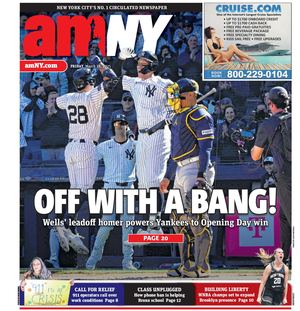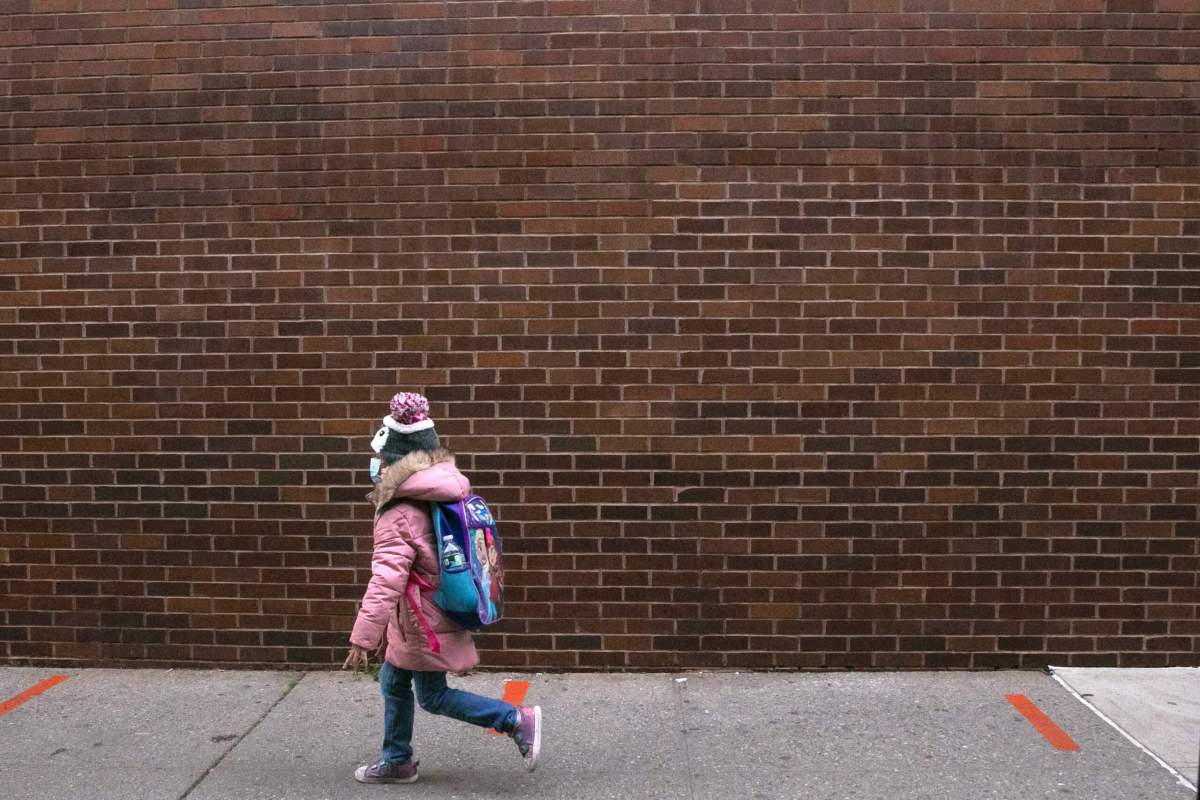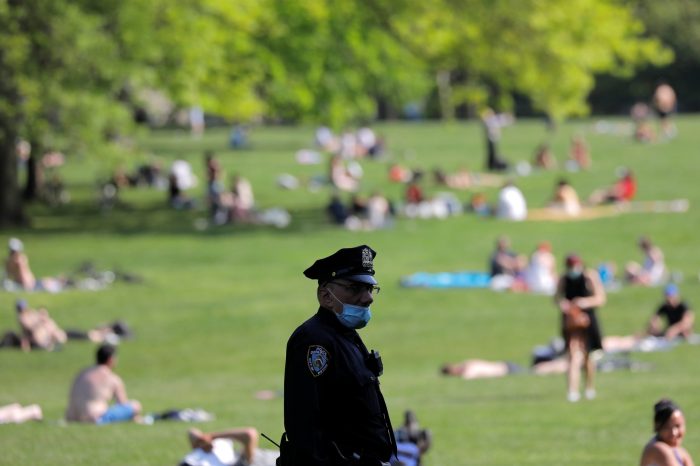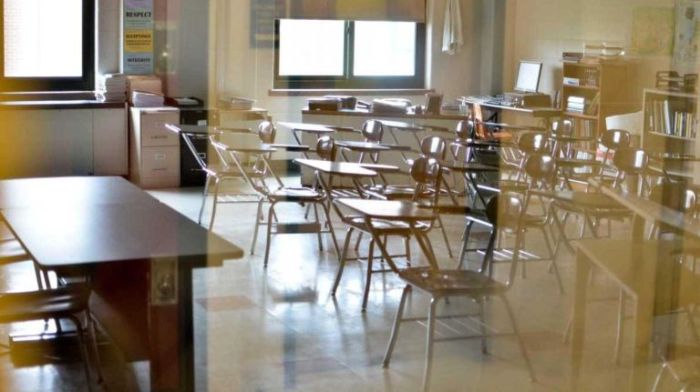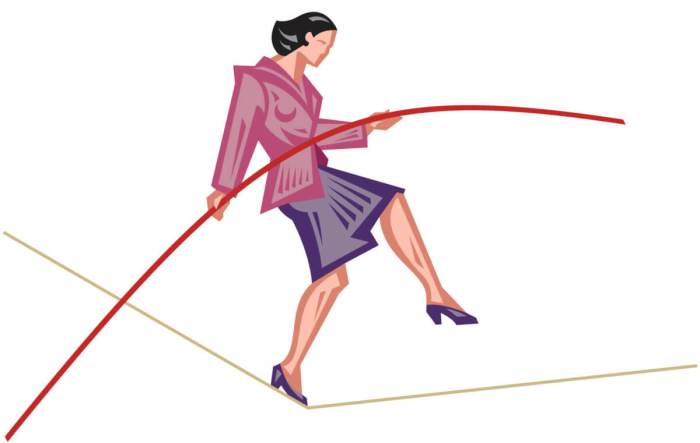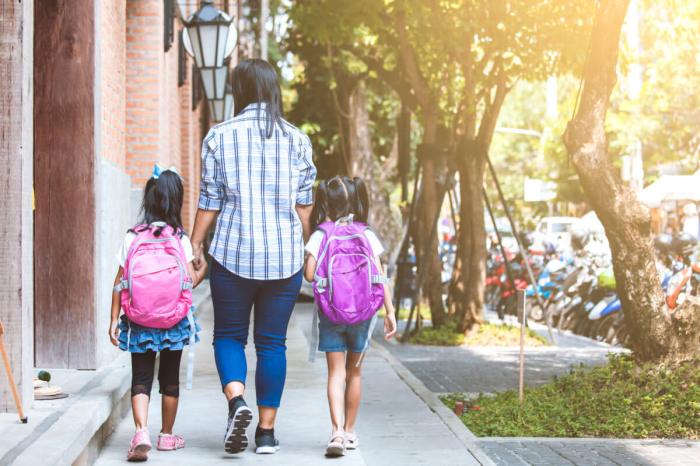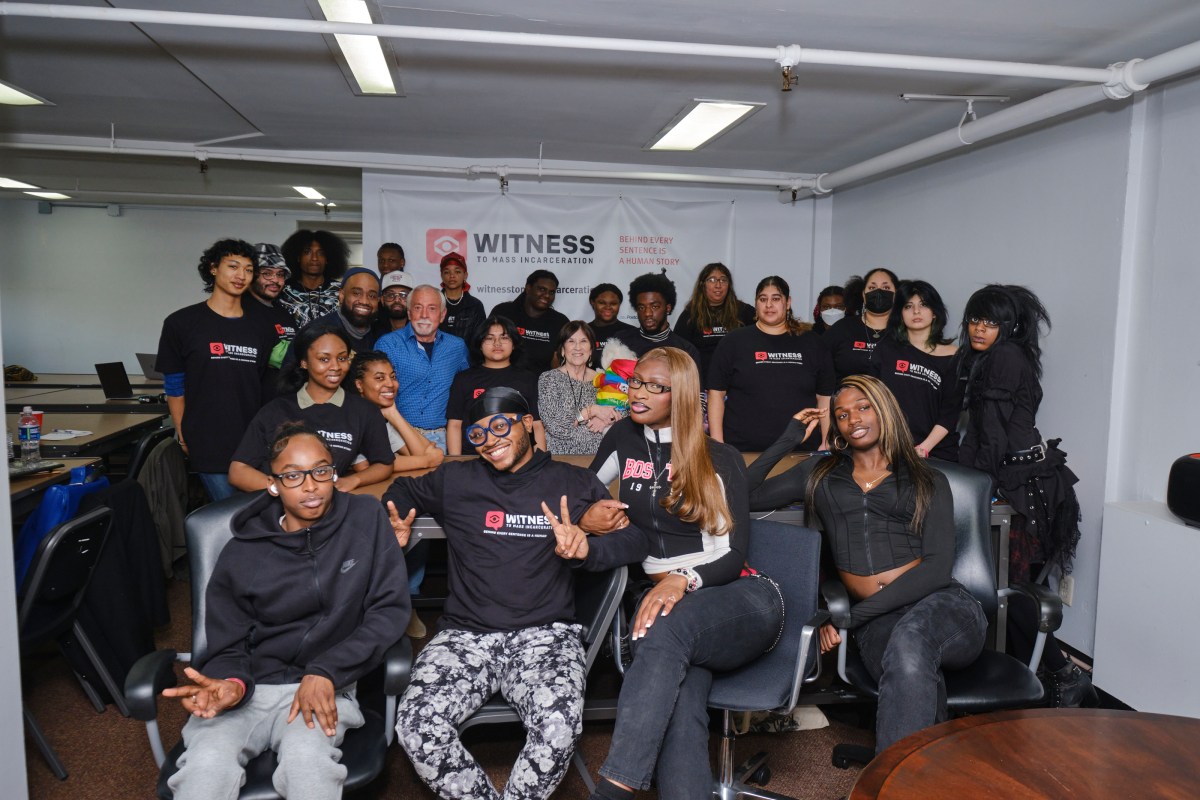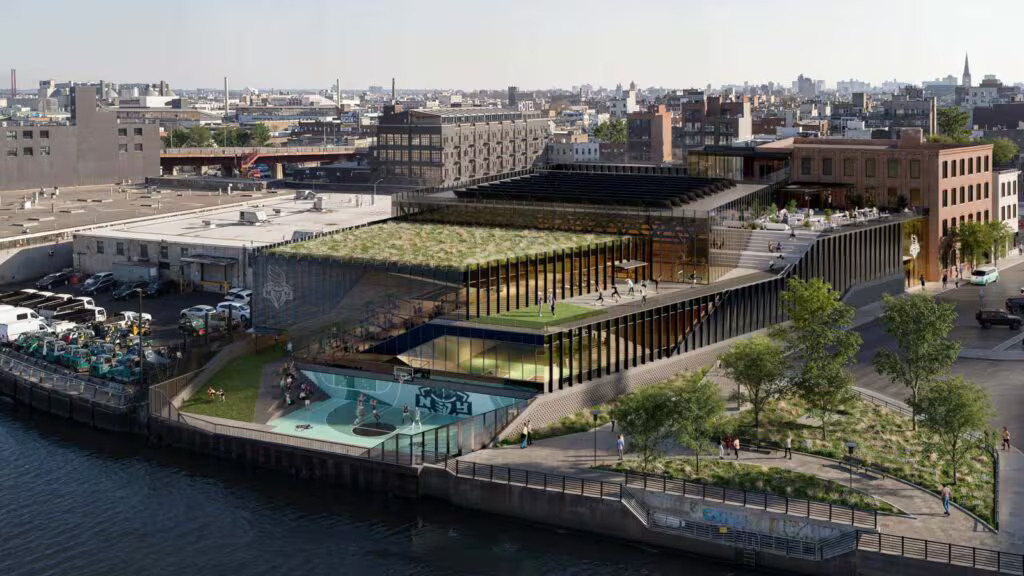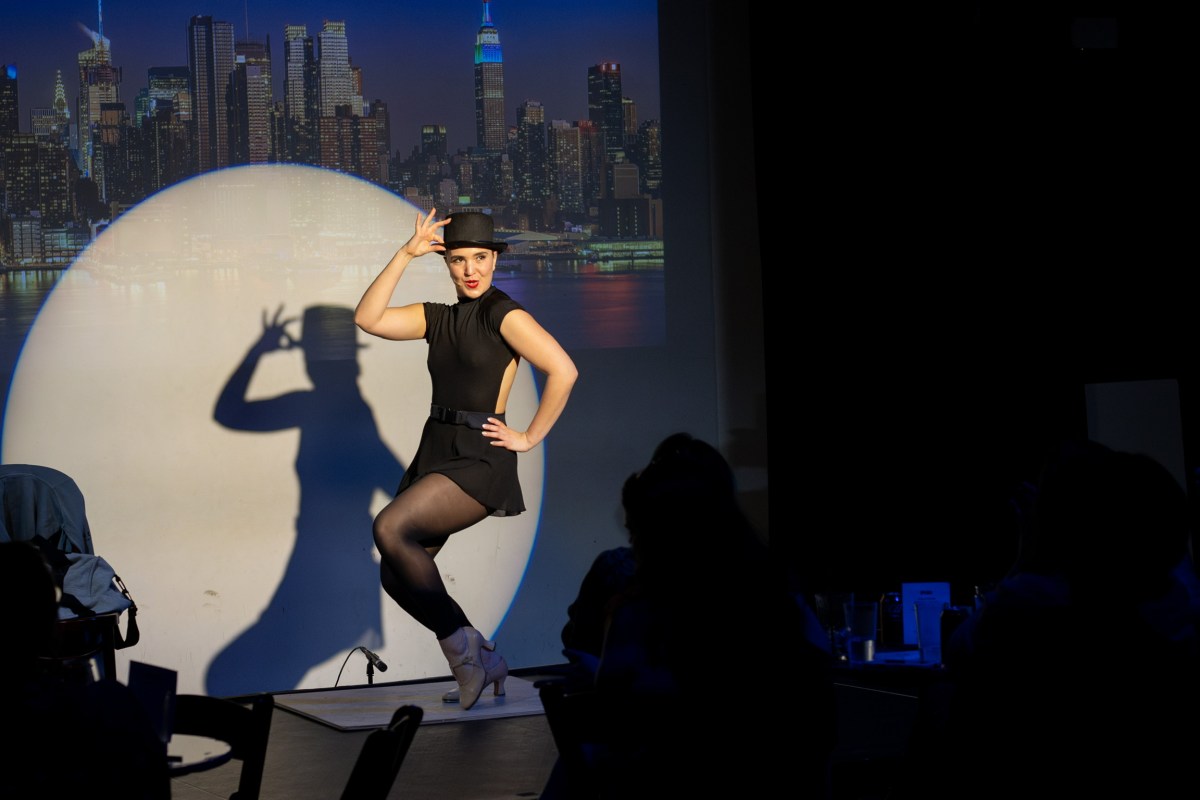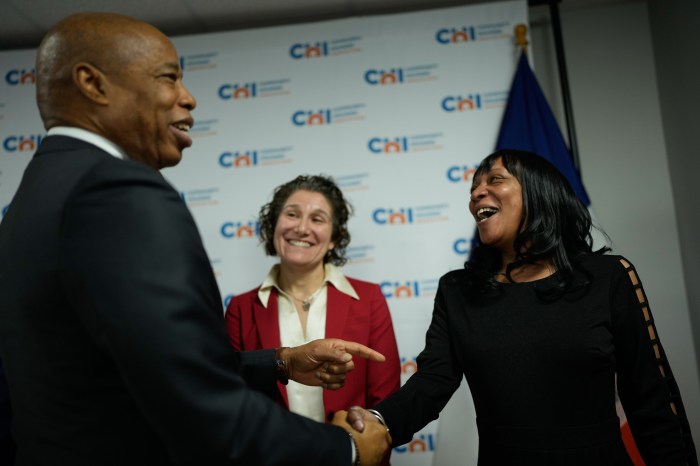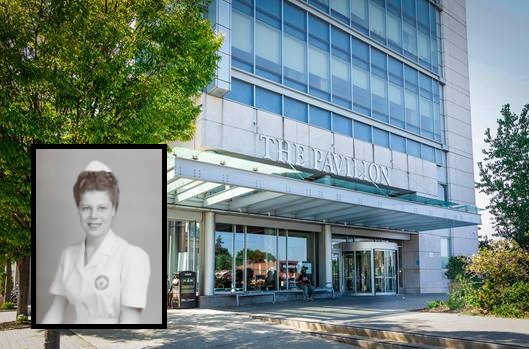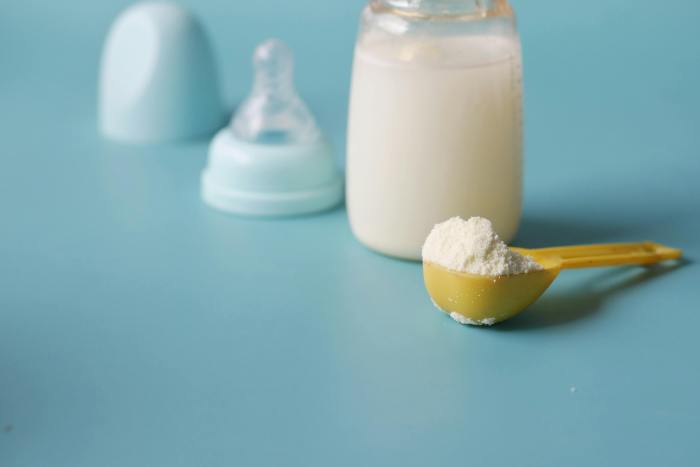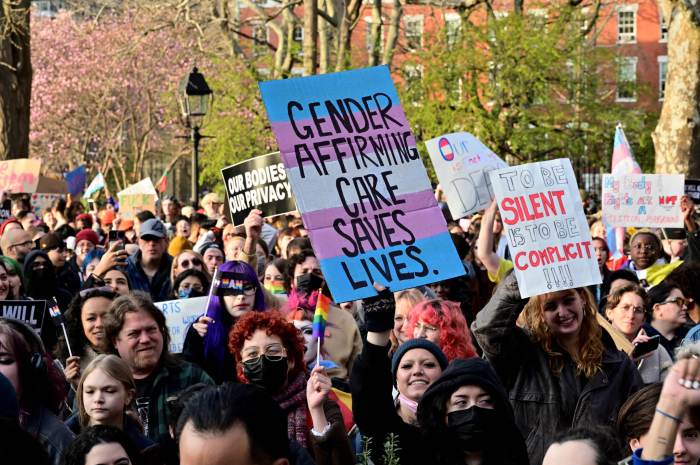By Alexa Valera
As a junior at a community school in Brooklyn, I know all too well the backwards budget decisions that politicians make for our public schools. And never has it been clearer than during this pandemic that the well-being of students like me is totally lost in the shuffle of politicians’ decision-making. Somehow, our city seems to always have enough money to pay police to criminalize Black and Brown students, but comes up short for guidance counselors, programming, and classroom supplies that actually help us thrive. Now that COVID-19 has tightened the DOE budget even more than usual, we need politicians to finally listen to us youth. It’s time to get police out of schools, and fund our futures instead.
In my 10 years as a public school student, I have been lucky to learn from and lean on some amazing teachers, counselors, and the other students I organize with across New York City. Right now, I’m a student at a community school, which provides holistic support not only to us students, but to our families, too.
But while I love my school, the constant presence of NYPD School Safety Agents threatens the feelings of safety and security I otherwise feel at school. From mental health crises to fights between students, SSAs are always sent to respond — but instead of de-escalating the situation, they often make it worse.
I know I’m far from alone in feeling this way. From Brooklyn to the Bronx, SSAs patrol school hallways at all times. And while there always seems to be an SSA in sight, it’s nearly impossible to get an appointment with a guidance counselor or nurse. That’s because the average school in New York City has just 1 guidance counselor for every 333 students, and an average of 25 public school buildings every single day don’t have a school nurse in the building at all. In contrast, at over 5,090 SSAs, the NYPD’s school safety division is larger than most American cities’ entire police divisions.
As a member of the Urban Youth Collaborative, I’ve spent the past several years learning how over-policing is the result of budget decisions by the city government. For years now, the SSA budget has continued growing, while teachers literally use money from their own pockets to buy classroom supplies. You’d think that ten months into remote learning, and facing a huge economic crisis, city officials would finally realize that spending so many precious dollars on policing is a waste of precious funds.
Unfortunately, that’s not the case. The most recent New York City proposed budget sets aside over $445 million to fund policing in schools — a huge number any year, and even more so this year. To put it into perspective: the same budget proposal puts aside about $100 million for school nurses, $180 million for social workers in schools, and $59 million for community schools like mine. You don’t need to be a math genius to do the analysis here: New York City is spending less money on supportive programming to help students than on police to criminalize us. Meanwhile, as NYC middle and high schoolers continue to struggle with 100% remote learning, SSAs are getting paid to patrol our empty school buildings.
I want to live in a city that cares more about my learning than punishing me. That’s why my peers and I have asked all candidates running for City Council this year to sign on to our Vision for Police Free Schools — and why I’m filled with hope to see 73 of them signed on. Our elected officials have the power to allocate the limited DOE budget to restorative justice programs, counselors, and teachers, not SSAs. It’s time to elect a new generation of leadership that will get cops out of schools, once and for all. And I can guarantee that as soon as my peers and I are eligible to go to the ballot box, those are the leaders we’ll be casting our votes for.
It’s time to elect a new generation of leadership that will get cops out of schools, once and for all. And I can guarantee that as soon as my peers and I are eligible to go to the ballot box, those are the leaders we’ll be casting our votes for.
Alex Valera is a high school junior at a community school in Brooklyn and a youth leader with the Urban Youth Collaborative and Make the Road New York.
